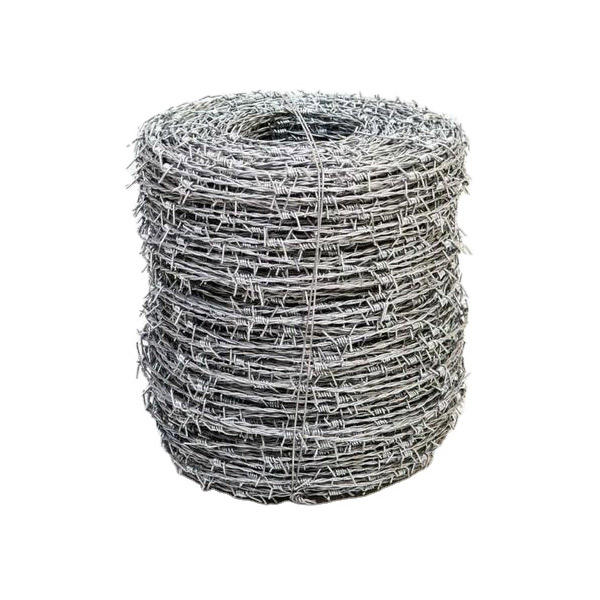Aug . 09, 2024 06:45 Back to list
China's Production and Market Trends for Cold Drawn Steel Bars in the Global Industry
The Significance of Cold Drawn Steel Bars in the Chinese Manufacturing Sector
Cold drawn steel bars have emerged as a pivotal component in the landscape of manufacturing and construction in China. Known for their high dimensional accuracy, superior mechanical properties, and excellent surface finish, these bars are integral to various applications ranging from construction to automotive industries.
The cold drawing process involves drawing steel through a die at room temperature to achieve the desired shape and dimensions. This method not only refines the steel’s microstructure but also enhances its strength and hardness compared to hot rolled bars. As a result, cold drawn steel bars exhibit superior tensile strength and yield strength, making them suitable for applications that require materials capable of bearing heavy loads and high stress.
The Significance of Cold Drawn Steel Bars in the Chinese Manufacturing Sector
Furthermore, the automotive and machinery sectors are also significant consumers of cold drawn steel bars. Components such as axles, gears, and shafts require materials that exhibit resilience and wear resistance. Cold drawn steel bars, with their refined mechanical properties, meet these stringent requirements. As China moves towards higher standards in manufacturing, especially in high-tech and precision machinery, the demand for cold drawn steel bars is expected to increase even further.
china cold drawn steel bar

Aside from strength and reliability, the cold drawing process minimizes the need for further machining. This not only reduces production costs but also contributes to lower energy consumption—a critical factor in the face of rising energy prices and environmental concerns. The efficient production methods employed in China have positioned the country as a leader in the cold drawn steel industry, enabling it to meet domestic and international demands effectively.
However, it is essential to note that the cold drawn steel bar industry also faces challenges. The global shift toward sustainability has prompted businesses to seek environmentally friendly production methods. Steel manufacturers in China are increasingly focusing on integrating green practices, such as recycling and reducing carbon emissions during production processes. Adapting to these environmental standards will be crucial for the long-term sustainability of the industry.
Moreover, trade tensions and tariffs can impact the export of cold drawn steel bars. Manufacturers must navigate these complexities while remaining competitive in the global market. Innovation and the continuous improvement of steel production techniques will likely play a crucial role in overcoming these challenges.
In conclusion, cold drawn steel bars hold a significant position in China's manufacturing sector, supporting a variety of industries with their mechanical performance and reliability. With the ongoing emphasis on infrastructure development, technological advancement, and sustainability, the future of cold drawn steel bars in China appears promising. As the industry evolves, it will be fascinating to see how the interplay between demand, innovation, and regulatory frameworks shapes the landscape of cold drawn steel in the coming years.
-
High-Quality Steel Grating Solutions for Industrial Applications | Durable, Safety, Customization
NewsJul.13,2025
-
Advanced Solutions-CompanyX|Enterprise Efficiency&Cost Reduction
NewsJul.13,2025
-
Sustainable Manufacturing-EcoTech Innovations|Waste-to-Energy System&Zero Emissions
NewsJul.13,2025
-
Welded Wire Mesh- Buildings Wiremesh Co., Ltd.|Durable Construction Material&Industrial Strength Solution
NewsJul.13,2025
-
Smart Production Solutions-Example Corp|AI Automation&IoT Monitoring
NewsJul.13,2025
-
Advanced Industrial Solutions-Advanced Industrial Solutions|Manufacturing Efficiency&Productivity
NewsJul.13,2025

